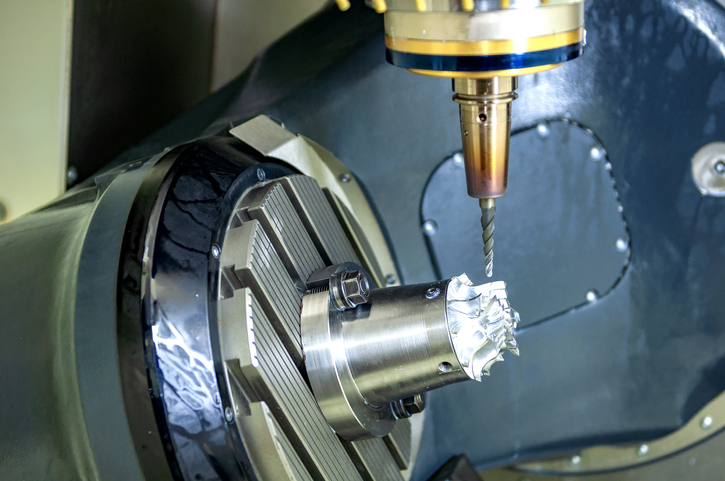When we talk about electronics product design, we are stepping into a dynamic and innovative world that continually shapes how we interact with technology, enhancing both personal and professional aspects of our lives. The journey of crafting an electronic product from concept to reality demands both creativity and scientific diligence. It involves a comprehensive understanding of various components, from circuit design to aesthetics, ensuring functionality and appeal in the final product.
As the fields of exports and imports engage with evolving technologies, understanding how electronics are designed and produced becomes increasingly significant. For those in the industry, awareness of trends and challenges in electronics product design is vital, helping in making informed decisions when importing and exporting products globally.

Understanding the Core of Electronics Design
At the heart of any electronic product lies a sophisticated process involving multiple phases; concept development, prototyping, and the deployment of industrial design principles are just the beginning. This intricate layer ensures that products meet functionality, efficiency, and aesthetic expectations.
Prototyping, for instance, plays a critical role. Its where ideas are brought to life in practical forms. To better understand this, you can check the resources offered by Wikipedia on Electronics Prototyping.
Key Steps in Electronics Product Design
Ideation and Conceptualization
Before any development takes place, brainstorming and creativity are crucial. This stage involves identifying a need or opportunity and visualizing its potential solutions. The target audience plays a significant role, compelling designers to think about usability and market needs effectively.
Circuit and System Design
Once a solid concept is established, designers move on to planning the electronics at a core level. This involves working with various electronic components and designing circuits that will function correctly and reliably within the product.
Importance of Prototyping
Creating a prototype not only tests the design’s feasibility but also allows for further refinement before full-scale production. During this stage, designers correct mistakes and improve product features. More insights on this can be gathered from Cad Crowds Guide on Hardware Prototyping.
Testing and Validation
After prototyping, rigorous testing ensures that the product meets all specifications and standards. This includes performance checks, safety regulations, and fine-tuning for efficiency. Testing guarantees that the electronic product will be reliable and user-friendly.
Production
Finally, once testing validates the design, the product moves into production. This phase should be managed effectively to ensure quality and adherence to design expectations. Many look towards custom electronics manufacturing as a pathway to innovative and quality-driven solutions in the market.
Current Trends in Electronics Design
Keeping pace with trends is essential for anyone in the technology sector, especially those involved in exporting and importing electronics. Emerging trends are often fueled by consumer demands and technological advancements. Here we explore a few:
Sustainability in Design
With increasing awareness of environmental impacts, sustainable electronics product design is becoming a priority. As eco-friendly options are sought after, manufacturers are adopting practices that reduce waste and employ recyclable materials. Insights on building a greener future can be found in sustainable electronics initiatives.
Integration with Smart Technologies
As the Internet of Things (IoT) continues to expand, the integration of smart technology features into designs becomes more prevalent. Consumers expect products that can connect seamlessly with other devices, enhancing overall user experience.
Miniaturization and Portability
Technology is leaning towards miniaturization without compromising power and functionality. Compact designs with increased portability have led to innovations in wearable technology, compact home devices, and more.
Challenges in Electronics Design
No design process comes without its challenges. Navigating through them effectively is what sets successful products apart from those that struggle:
Complexities in Design and Function
Designers face continual pressure to innovate while ensuring products remain functional and intuitive. Balancing complexity with usability is a tightrope on which developers must tread carefully.
Cost Considerations
The cost of development and production can limit designs, sometimes requiring creative solutions to stay within budget while maintaining quality. Many technology companies must strategically consider these factors in both local and global markets.
Compliance with Regulations
Electronics must meet various regulatory standards that differ across regions and countries, impacting both design and production. Businesses must stay informed and involved in complying with these standards to avoid legal complications.
The Future of Electronics Product Design
Looking forward, the horizon of electronics product design is bright and full of potential. As technology continues to evolve, so will the possibilities in design, increasing efficiency and choice for consumers worldwide.
To better understand how these advancements are paving the way for future designs, explore insights from transformations in global supply chains.
Conclusion
Electronics product design is a multifaceted and continually evolving field that requires a delicate balance of innovation, creativity, and technical expertise. For someone involved in export and import, understanding these processes and trends can significantly enhance strategic planning and execution in the global market.

FAQs on Electronics Product Design
Q: What is the role of prototyping in product design?
A: Prototyping is a critical step which enables designers to test and refine ideas, ensuring functionality before entering mass production.
Q: How do emerging technologies impact electronics design?
A: The integration of technologies like IoT and AI drives innovations in electronics design, offering smarter and more connected products.
Q: Why is sustainability important in electronics design?
A: Sustainability reduces environmental impact and meets regulatory demands, becoming a vital part of modern technological design strategies.


